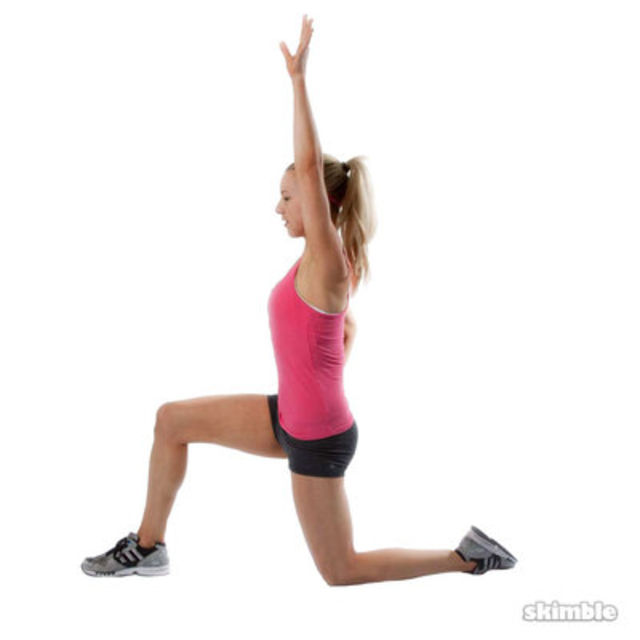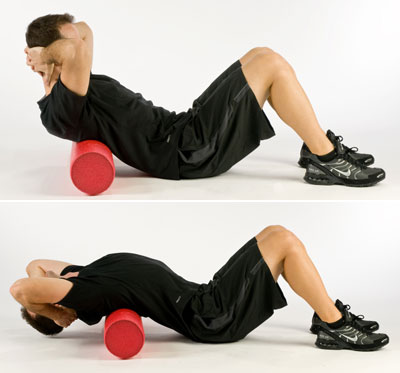Sightpath is proud to work with more than 1300 surgeons in facilities and practices nationwide. As a partner in our customer’s success, we periodically provide resources and content to inspire efficiency and improve workflow. Frequently, we hear from surgeons with whom we partner that the positions assumed in case day situations cause stress, discomfort, strain or worse for them. The following is the first in a 3-part series written by our friend Kirk McFarland, CPT, NASM, NSCA. Kirk is a Certified Personal Trainer and Nutrition Coach with Life Time Athletic in Eden Prairie, MN. The following article was created to help Sightpath surgeons alleviate the aforementioned physical complaints.
Restoring Proper Posture, Part 1: Thoracic spine and the lumbo-pelvic hip complex
All too often all the sitting we do at work and in our daily life leads to postural deviations that adversely affect the health of our bodies. Not only does a sedentary lifestyle filled with hours of sitting each day increase our risk of chronic diseases, but also raises our risk for postural issues like excess lumbar lordosis (too much arch in the low back) and excess thoracic kyphosis (too much rounding in the thoracic spine). As we fall prey to the constant challenges of gravity and sitting, excess lumbar lordosis sets up the muscles in the front of the hip to becoming more short and tight (hip flexors) while muscles in the back of the hip are more prone to becoming longer and weaker (glutes). As the pelvis tilts forward, the lumbar spine increases its arch, leading to longer/weaker abdominals and shorter/tighter low back muscles. Furthermore, improper posture when sitting or standing can lead to excess rounding of the thoracic spine. This can contribute to other postural deviations such as rounded shoulders, internally rotated arms, and elevated scapulae. Ultimately, these disruptions to proper postural alignment lead to faulty movement patterns and place a greater stress on our soft tissues and intervertebral discs. As a result, inflammation, pain and degeneration can take place.
Proper posture can be observed by doing a wall test. For this assessment, stand against a wall with your heels, hips and shoulders touching the wall. The head should be 1/3 of an inch from the wall. For optimal posture, imagine a plum line in which your ears, shoulders, hips, knees, and ankles all line up in a straight line, keeping your line of sight parallel to the ground, looking forward. The front of the ears should be over the shoulders, the shoulders directly above the hips and the hips over the knees and knees over the ankles. The lordotic curve in your lumbar spine should allow for two knuckles to fit in between the wall and your low back. If you can slide your entire hand between the wall and your low back, the arch in the back is in excess (Price, J. Corrective Exercise-Part 3, PT on the Net, Oct 2008).
 Here are some exercises to help restore proper posture to the lumbo-pelvic hip complex and thoracic spine:
Here are some exercises to help restore proper posture to the lumbo-pelvic hip complex and thoracic spine:
For the hip, kneel down on one knee, tilt the front of the pelvis up and forward while simultaneously contracting the glute maximus. With the front of the pelvis tilted upwards, the hip flexors are lengthened and relaxed while the glute maximus is contracting. This helps to strengthen and stretch the weak and tight muscles of the hip, (see figure 1, right) The arm can be used to reach up to the ceiling, which adds another benefit by extending the thoracic spine. Perform 1-2 sets of 8-10 reps for a 2 second contraction each.
 For the thoracic spine, lie in a supine (face up) position with a foam roller situated between the scapulae and 10th thoracic vertebrae. To find this, draw an imaginary line from the tip of the sternum around the rib cage to where it meets up with the thoracic spine. Movement on the foam roller from this point up to the scapulae will help provide pressure to irritated soft tissue along the spine thereby helping to relax these muscles. In addition, gravity helps assist thoracic extension when lowering the head and shoulder girdle toward the floor. Another benefit is to pull the elbows back, which adds length to the pec minor. Tight pec minor muscles contribute to rounding of the shoulders. (See figure 2, left). Hold your position on the foam roller for a period of 20-30 seconds.
For the thoracic spine, lie in a supine (face up) position with a foam roller situated between the scapulae and 10th thoracic vertebrae. To find this, draw an imaginary line from the tip of the sternum around the rib cage to where it meets up with the thoracic spine. Movement on the foam roller from this point up to the scapulae will help provide pressure to irritated soft tissue along the spine thereby helping to relax these muscles. In addition, gravity helps assist thoracic extension when lowering the head and shoulder girdle toward the floor. Another benefit is to pull the elbows back, which adds length to the pec minor. Tight pec minor muscles contribute to rounding of the shoulders. (See figure 2, left). Hold your position on the foam roller for a period of 20-30 seconds.
Part 2 of our series will focus on the shoulder girdle and thoracic spine. Sightpath provides ongoing support resources as part of our commitment to providing benefits beyond case day. For more information about our resource, contact Sightpath today.
This is part of a 3-part series about restoring proper posture. Check out the other installments below: